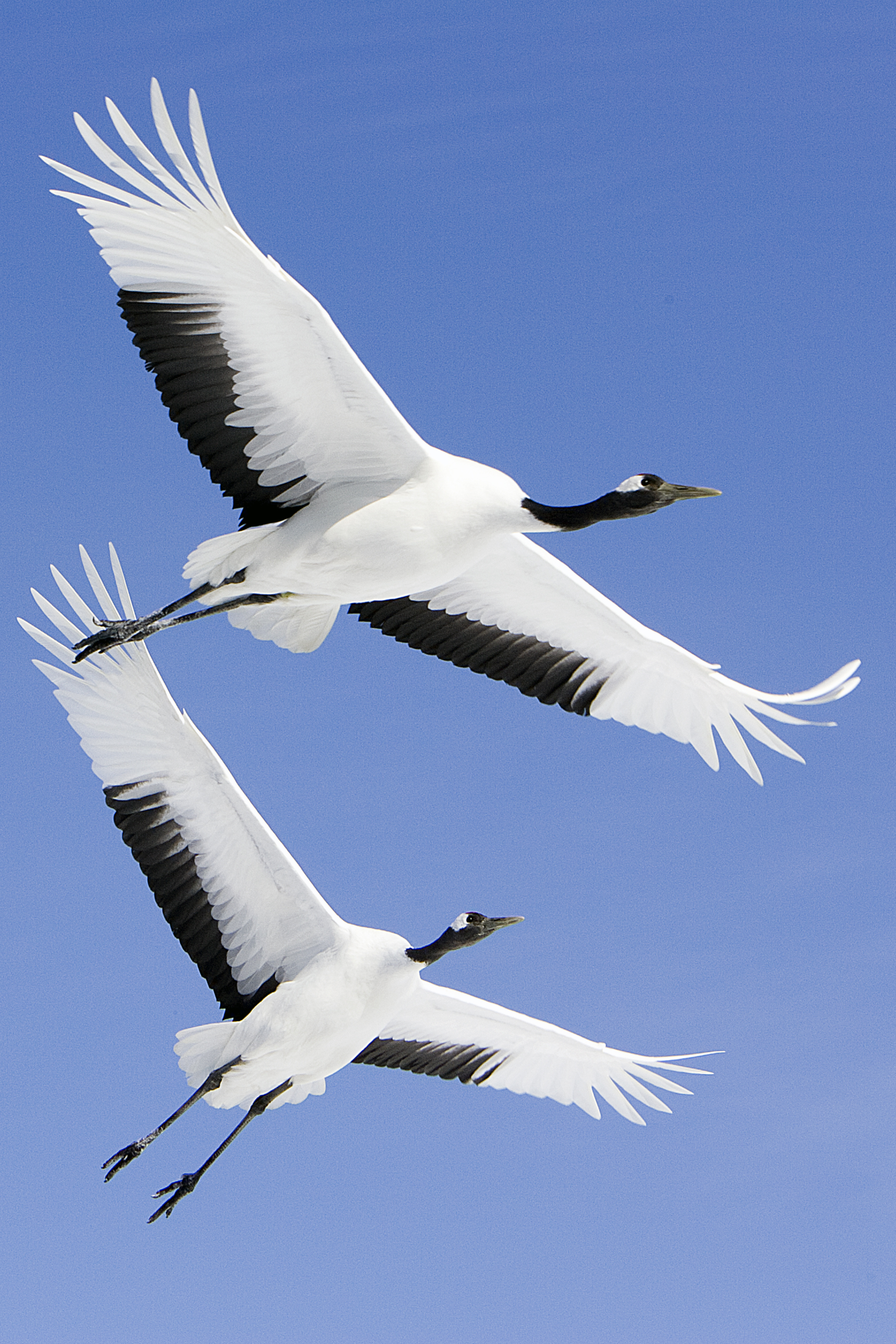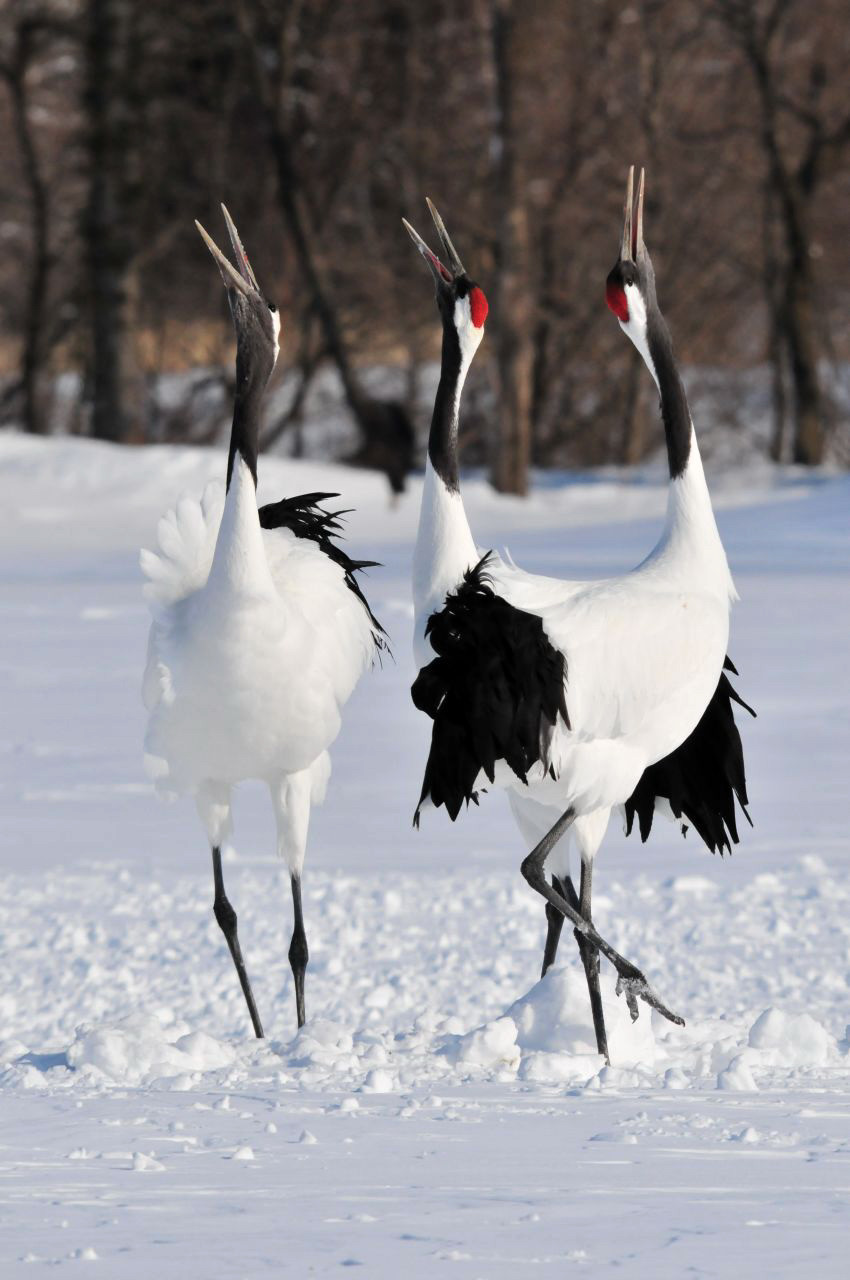Suiphun-Khanka Meadows and Forest Meadows
The ecoregion’s land area is provided in units of 1,000 hectares. The conservation target is the Global Safety Net (GSN1) area for the given ecoregion. The protection level indicates the percentage of the GSN goal that is currently protected on a scale of 0-10. N/A means data is not available at this time.
Bioregion: Manchuria-Ussuri Mixed Forests & Meadow Steppes (PA46)
Realm: Eastern Eurasia
Ecoregion Size (1000 ha):
3,383
Ecoregion ID:
746
Conservation Target:
27%
Protection Level:
8
States: Russia, China
The Suiphun-Khanka Meadows and Forest Meadows are a hotspot of plant diversity. Khanka Lake and wetlands provide essential refuge for migrating waterfowl and nesting habitat for endangered species such as red-crowned cranes and Oriental storks. Herds of Siberian musk deer move through the ecoregion, leopard cling to the southernmost area, and Amur tigers travel between hunting grounds.
Lake Khanka (Xingkai Lake) sits astride the China-Russia border in the center of this ecoregion, which is composed of lowlands surrounding 25 rivers, including the Ussuri in the north, the Song’acha in the northwest (the only outflow from the lake), Muling in the west and north, and the lower reaches of the Razdol’naya (Suiphun) in the south. The distinctive grasslands here result from soil deposited by flooding rivers, monsoon influences from the western Pacific and a history of frequent fires. The average annual temperature is 5.4°C, average monthly temperatures are -18.3–21.5°C, and there is a mean of about 600 mm of precipitation per year, peaking in August.

The flagship species of the Suiphun-Khanka Meadows and Forest Meadows ecoregion is the red-crowned crane. Image credit: Creative Commons
The area was probably a biogeographical refuge during the late Pleistocene glaciation, resulting in over 700 terrestrial plant species and 525 waterweed species. Vegetation is dictated by elevation, with grassy bogs, reed beds, and Manchurian water-rice nearest the water. Further from the lake and river channels, wet meadows are dominated by reed grass and sedges. Still higher levels of ancient lake and river terraces are mostly rice fields, but fragments of dry meadows boast exceptional plant diversity. In elevated, well-drained places, tall grasses grow, resembling North American prairie.
The hills at the western border are occupied by gallery forests of Mongolian oak with some Dahurian birch. Amidst them is an unusual forest-steppe community of Manchurian and Siberian apricots, almond cherry and Chinese hawthorn. Woodland here is drought tolerant and fire resistant. Notable plants include willow-like Chosenia arbutifolia, endemic relict Komarov’s lotus, Fischer’s pincushion flowers, English iris, Aldrovanda vesiculosa, and Trapella sinensis.
During spring and autumn migration half a million birds use the area as a stopover. It supports the largest breeding population of endangered red-crowned crane in the world, endangered oriental stork, Blakiston’s fish owl, and far-eastern curlew, as well as the critically endangered Baer’s pochard and yellow-breasted bunting. Mammals include the vulnerable Asiatic black bear and musk deer. The Amur tiger uses the Dongfanghong Wetland National Nature Reserve as a corridor to travel between other suitable habitat areas in China and Russia. The critically endangered Amur sturgeon and Kaluga sturgeon live in the Sungari and Ussuri rivers and are sometimes found in the lake.

Japanese cranes. Image credit: Creative Commons
The ecoregion has a well-developed transport network, industries, and agriculture. Consequently, its natural vegetation is mostly gone. Intensive rice cultivation dominates, and 80% of lowland wetlands have been converted to farmland. On the China side fewer than 200 km2 remain unaltered by human activities. The Khankaiskiy wetlands are now a UNESCO Biosphere Reserve and there is increasing cooperation between Russia and China on conservation objectives.
As well as habitat removal, indirect effects of farming, such as runoff from fertilizers, pesticides, and biological waste of animal husbandry are a serious issue. Overfishing threatens the lake and rivers. Drier, species-rich, steppe-like grasslands are virtually unprotected, as is the remaining leopard range in the south of the ecoregion.
The priority conservation actions for the next decade will be to: 1) reduce runoff pollution; 2) strengthen protection and management of remaining dry grassland; and 3) increase connectivity of protected areas with the establishment of wildlife corridors.
Citations
1. Joint Research Centre of the European Commission. 2019. The Digital Observatory for Protected Areas (DOPA) Explorer 4: Ussuri broadleaf and mixed forests. [Online]. [Accessed 20th November 2019]. Available from: https://dopa-explorer.jrc.ec.europa.eu/ecoregion/80443
2. Taran, A. 2005. It is Not Only the Forests You Have to See Beyond the Trees: Grasslands of Southern Russian Far East. In: Anton Struchkov & Julia Kuleshova. eds. Facets of Grassland Restoration Selected Papers from the International Field Seminar held at the Galichya Gora Nature Reserve (Russia), 16–22 June 2003. Moscow: Biodiversity Conservation Center. pp.155-165.
3. Ramsar Sites Information Service. 2019a. Lake Khanka. [Online]. [Accessed 21 November 2019]. Available from: https://rsis.ramsar.org/ris/112


.png?auto=compress%2Cformat&w=300)

